|
|
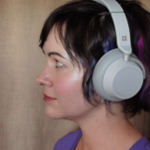
|
Beyond Audio: Towards a Design Space of Headphones as a Site for Interaction and Sensing
Payod Panda, Molly Jane Nicholas, David Nguyen, Eyal Ofek, Michel Pahud, Sean Rintel, Mar Gonzalez-Franco, Ken Hinckley, Jaron Lanier
(DIS '23)
We explore the potential of headphones as a general-purpose input device for both foreground motion-gestures as well as background sensing of user activity.
PDF | Video | Microsoft Blog post | Microsoft Research Blog Post | Big Tech Wire article
Best Paper Award
|
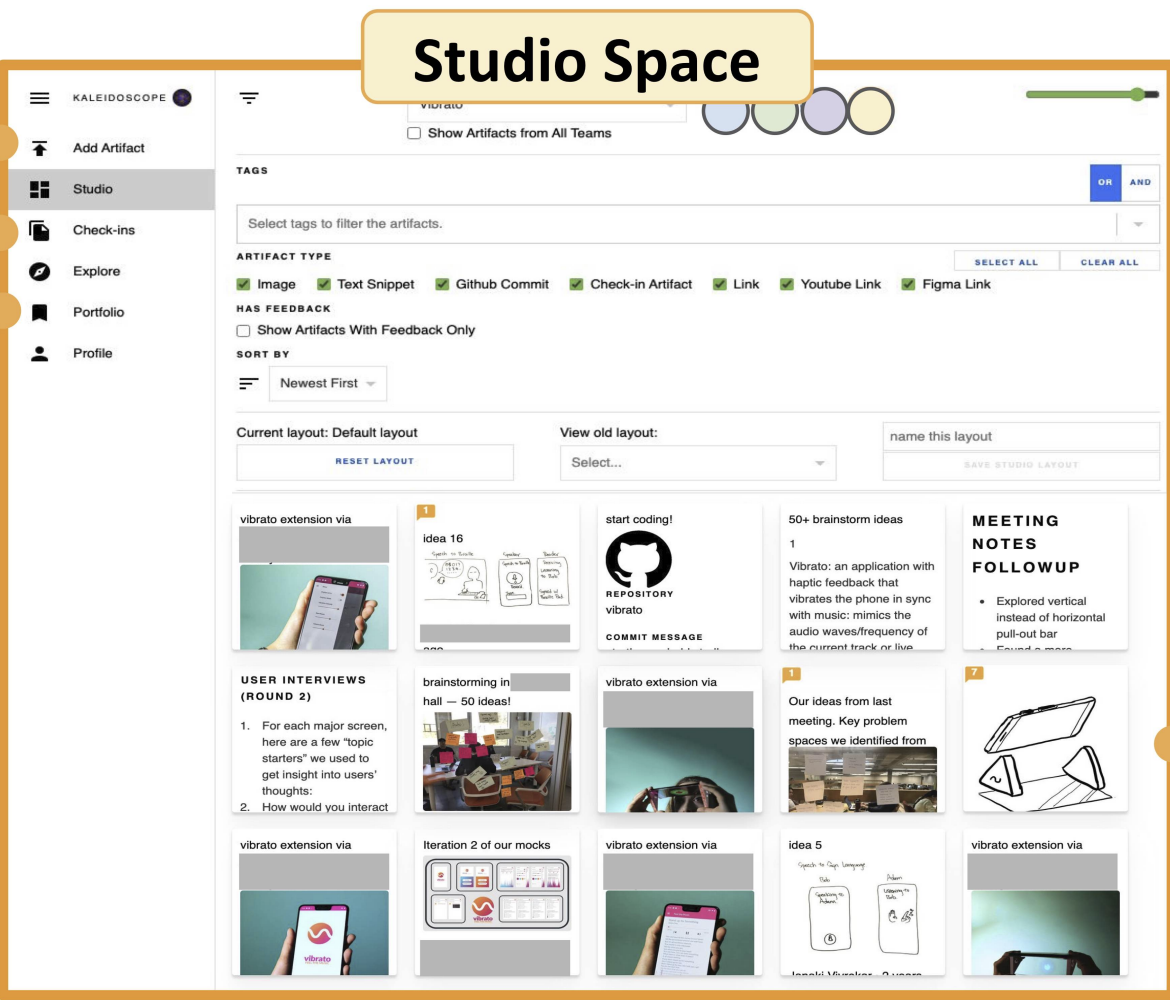
|
Kaleidoscope: A Reflective Documentation Tool for a User Interface Design Course
Sarah Sterman, Molly Jane Nicholas, Janaki Vivrekar, Jessica R. Mindel, Eric Paulos
(CHI '23)
Documentation can support design work and create opportunities for learning and reflection. We explore how a novel documentation tool for a remote interaction design course provides insight into design process and integrates strategies from expert practice to support studio-style collaboration and reflection.
PDF | Video
Best Paper Award
|
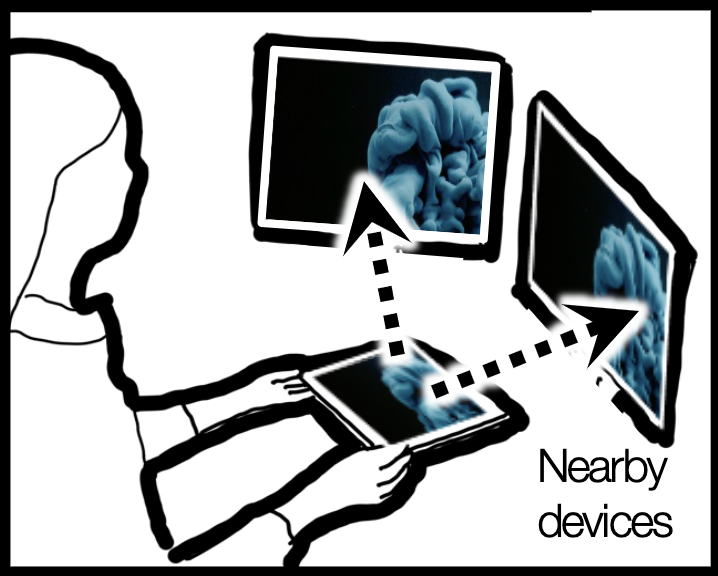
|
Escapement: A Tool for Interactive Prototyping with Video via Sensor-Mediated Abstraction of Time
Molly Jane Nicholas, Nicolai Marquardt, Michel Pahud, Nathalie Riche, Hugo Romat, Christopher Collins, David Ledo, Rohan Kadekodi, Badrish Chandramouli, Ken Hinckley
(CHI '23)
We introduce "Escapement", a tool that embodies core concept of sensor-mediated abstraction of time for quickly generating video-based interactive prototypes of screen-based applications, share the results of observations of long-term usage of video-escapement techniques with experienced interaction designers, and articulate design choices for supporting a reflective, iterative, and open-ended creative design process.
PDF
![]()
|
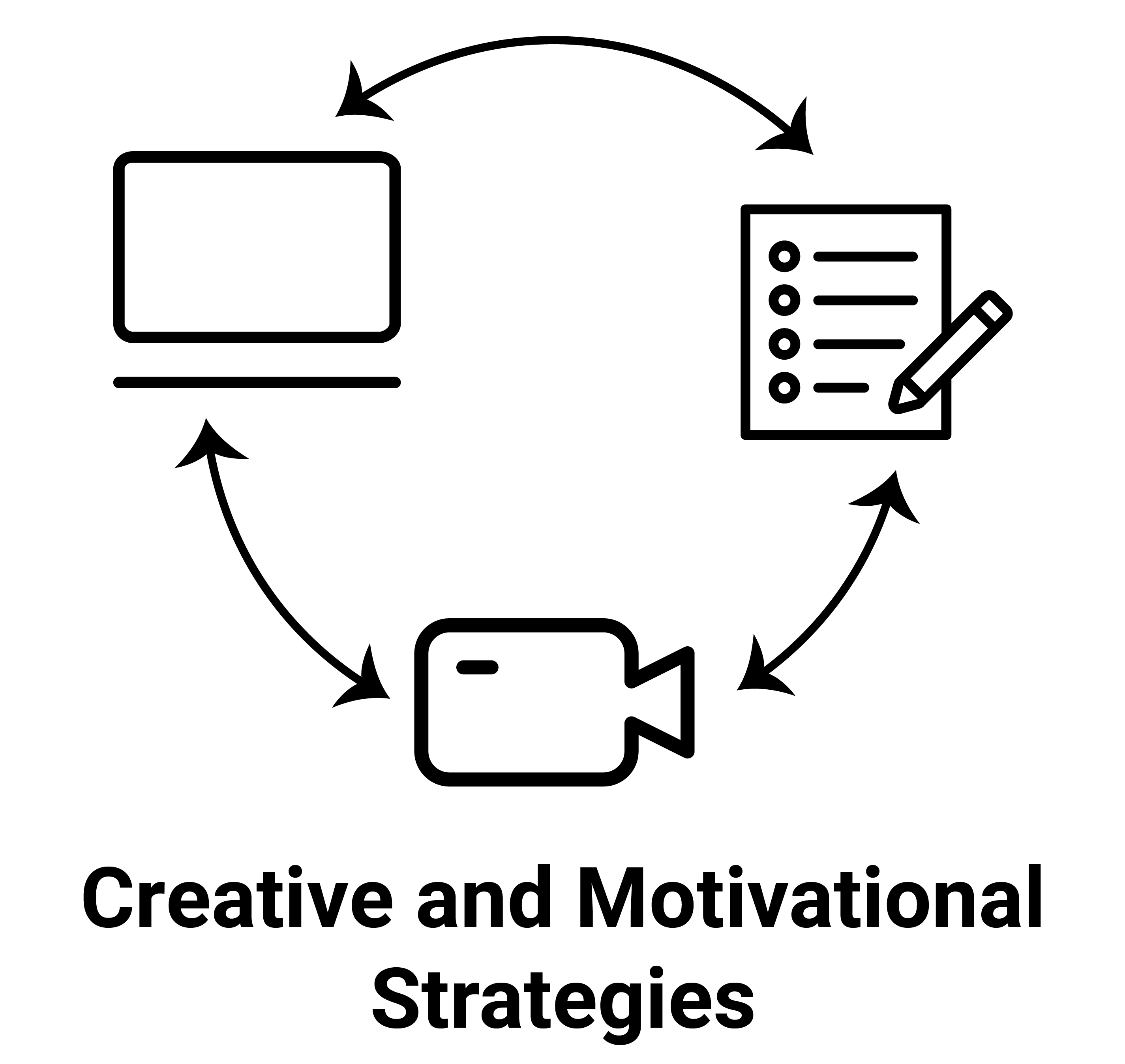
|
Creative and Motivational Strategies Used by Expert Creative Practitioners
Molly Jane Nicholas, Sarah Sterman, Eric Paulos
(C&C '22)
Through interviews with expert practitioners in diverse domains including performance, craft, engi- neering, and design, we identify four strategies for managing aspects of the creative process, including metacognition, emotional affect, task motivation, and working style. These strategies are 1) Strategic Forgetting, 2) Mode Switching, 3) Embodying Process, and 4) Aestheticizing.
PDF
Best Paper Award
|
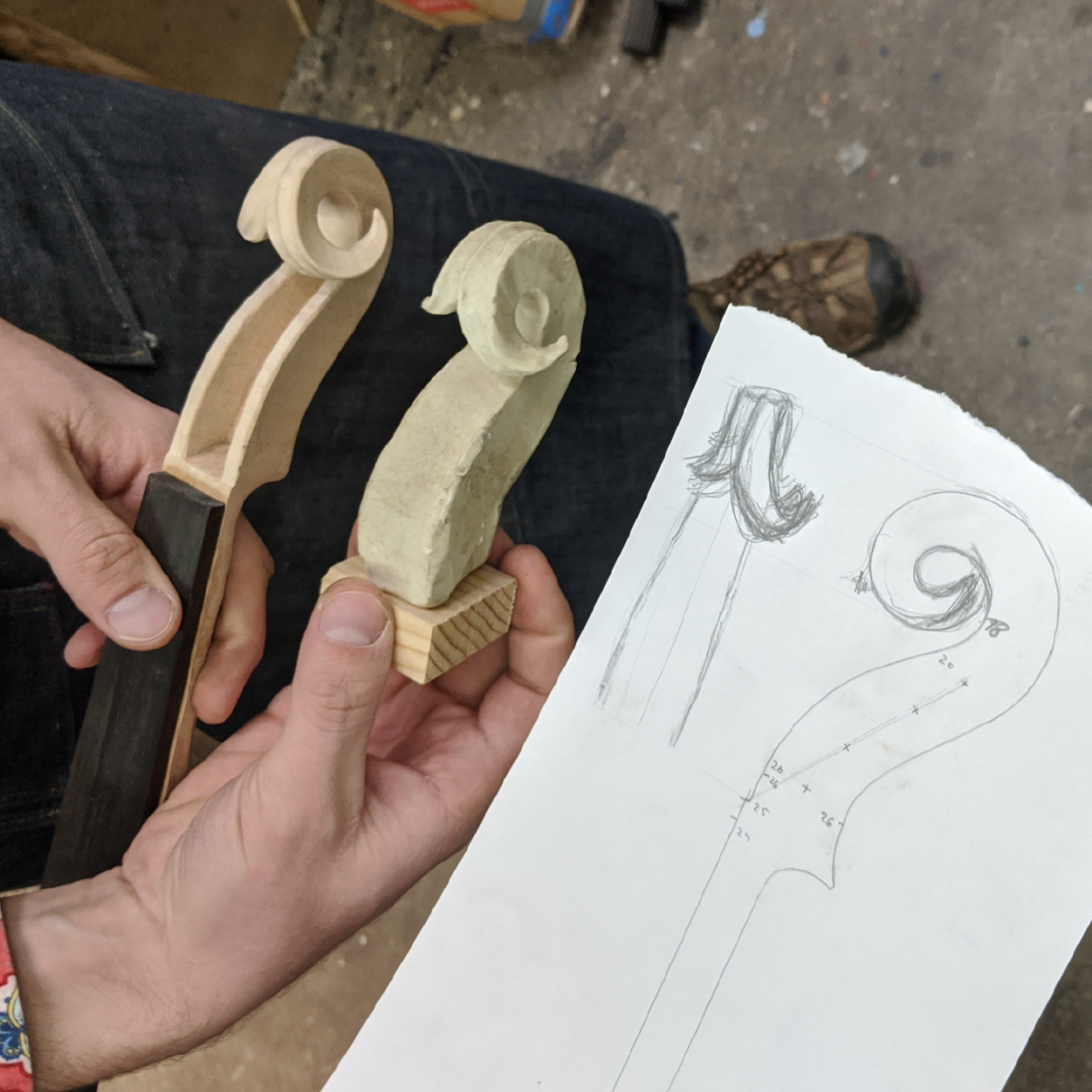
|
Towards Creative Version Control
Sarah Sterman, Molly Jane Nicholas, Eric Paulos
(CSCW '22)
An exploration of version control tools and history information management in creative practices. We identify four key considerations for version control in creative work. 1) using versions as a palette of materials, 2) providing confidence and freedom to explore, 3) leveraging low-fidelity version capture, and 4) reflecting on and reusing versions across long time scales. We discuss how these themes can provide insight into future designs and uses of version control systems.
PDF
![]()
|
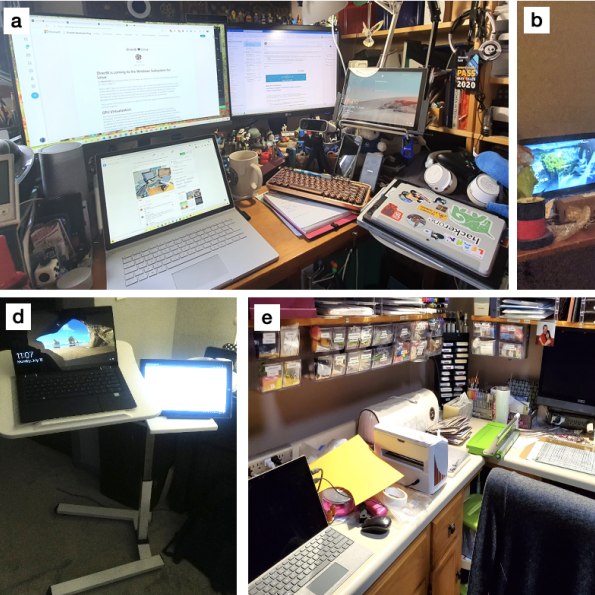
|
Understanding Multi-Device Usage Patterns: Physical Device Configurations and Fragmented Workflows
Ye (Irene) Yuan, Nathalie Riche, Nicolai Marquardt, Molly Jane Nicholas, Teddy Seyed, Hugo Romat, Bongshin Lee, Michel Pahud, Jonathan Goldstein, Rojin Vishkaie, Christian Holz, Ken Hinckley
(CHI '22)
An in-depth survey of existing multi-device practices, including fragmented workfows across devices and the way people physically organize and confgure their workspaces to support such activities.
PDF
![]()
|
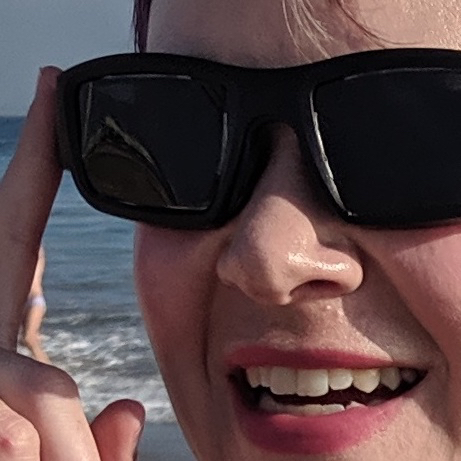
|
Friendscope: Exploring In-the-Moment Experience Sharing on Camera Glasses via a Shared Camera
Molly Jane Nicholas, Brian A. Smith, Rajan Vaish
(CSCW '22)
Introduces Friendscope, an instant, in-the-moment experience sharing system for lightweight commercial camera glasses. Friendscope explores the concept of a shared camera which allows a wearer to share control of their camera with a remote friend, making it possible for both people to capture photos/videos from the camera in the moment. Through a user study with 48 participants, we found that users felt connected to each other, describing the shared camera as a more intimate form of livestreaming.
PDF | ArXiv
![]()
|
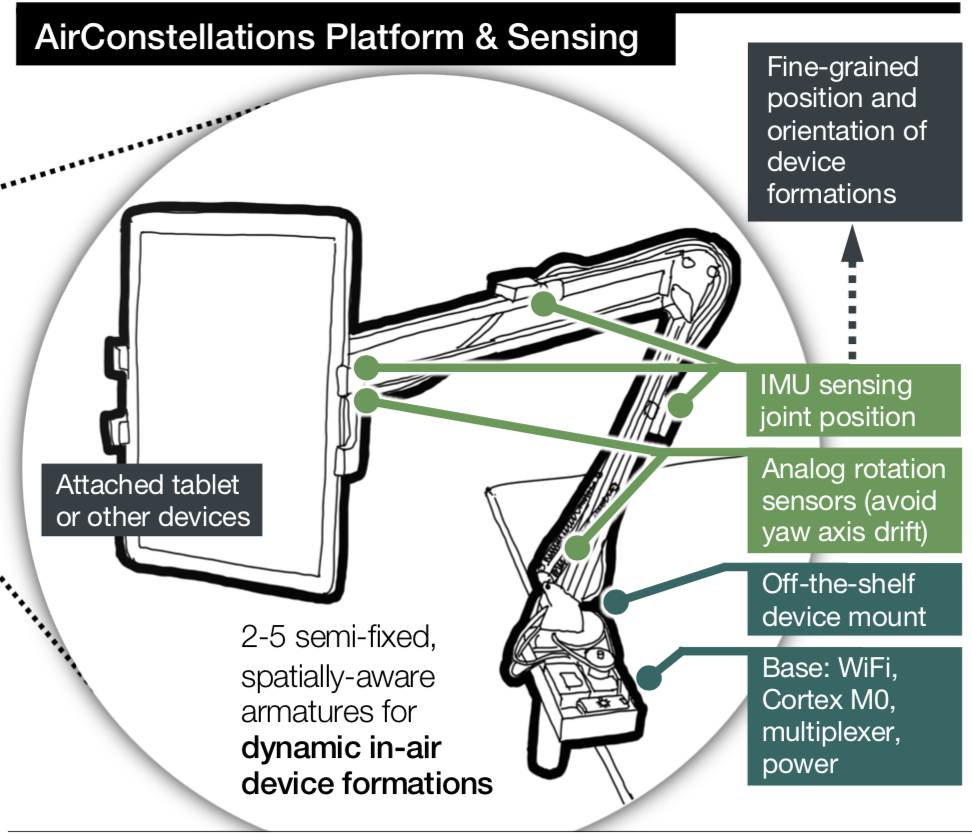
|
AirConstellations: In-Air Device Formations for Cross-Device Interaction via Multiple Spatially-Aware Armatures
Nicolai Marquardt, Nathalie Henry Riche, Christian Holz, Hugo Romat, Michel Pahud, Frederik Brudy, David Ledo, Chunjong Park, Molly Jane Nicholas, Teddy Seyed, Eyal Ofek, Bongshin Lee, William A. S. Buxton, Ken Hinckley.
(UIST'21)
Introduces AirConstellations, which allows us to explore the potential of dynamic in-air device formations for the next generation of multi-device workspace setups in a variety of use-cases. Our application scenarios showcase the potential of such highly dynamic workspace confgurations, with spatially-aware behaviors, feedforward, and other interaction techniques.
Video | PDF
![]()
|
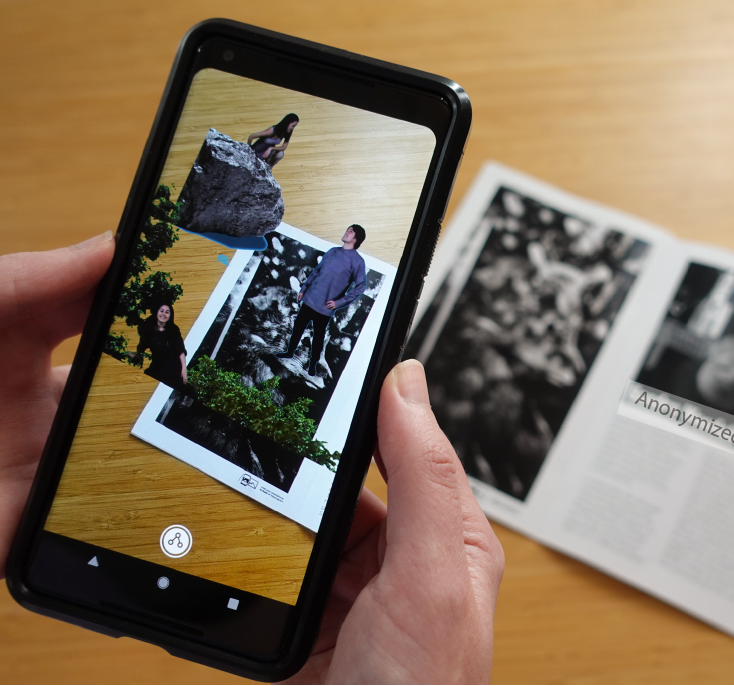
|
Expanding the Design Space for Technology-Mediated Theatre Experiences
Molly Jane Nicholas, Stephanie Claudino Daffara, Eric Paulos.
(DIS '21)
We describe the 4-month co-design process with expert theatre practitioners, and detail how this process resulted in the design of technology-mediated experiences outside the temporal and spatial confines of a live theatre production. In the style of research through design, we present three annotated prototypes; 1) the Augmented Playbill, 2) the Prayer Wheel, and 3) Tarot Cards as well as accompanying AR applications to convey the decisions we made and the philosophy we iteratively developed throughout the project.
Video | PDF
![]()
|
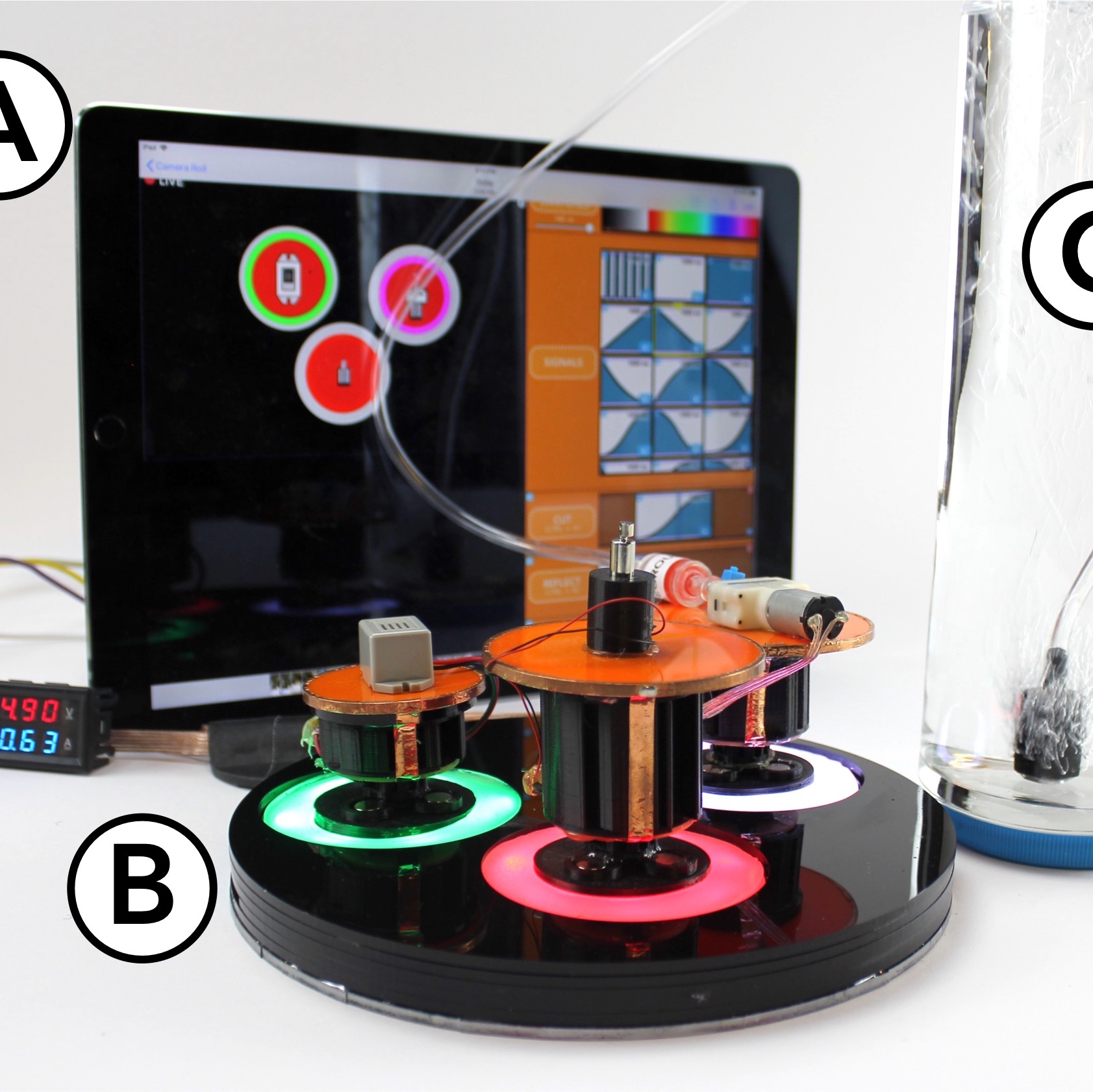
|
A Conversation with Actuators: An Exploratory Design Environment for Hybrid Materials
César Torres, Molly Jane Nicholas, Sangyeon Lee, Eric Paulos.
(TEI '19)
Presents a creative workstation for supporting a ``conversational'' creative working style by bringing a stronger physicality to computational sensor signals and balance the conversation between physical and digital actors. Through a formal user study, we characterize the actuation design practice supported by the CwM workstation and discuss opportunities for tangible interfaces to hybrid materials.
PDF
![]()
|
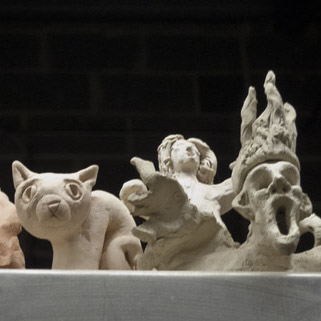
|
Guardians of Practice: A Contextual Inquiry of Failure-Mitigation Strategies within Creative Practices
César Torres, Sarah Sterman, Molly Jane Nicholas, Richard Lin, Eric Pai, Eric Paulos.
(DIS '18)
Outlines the design space of "guardians", or elements of a creative practice that mitigate the psychological effects of failure to create cultures of resiliency and perseverance. Through contextual inquiry, we contribute an inventory of failure-mitigation strategies from a variety of creative disciplines. We synthesize guidelines for the design of new guardians and present a preliminary exploration of guardians for lasercutting.
PDF
![]()
|
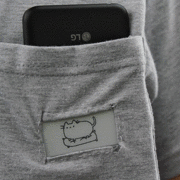
|
AlterWear: Battery-Free Wearable Displays for Opportunistic Interactions.
Christine Dierk, Molly Jane Nicholas, Eric Paulos.
(CHI '18)
We present AlterWear, an architecture for new wearable devices that implement a batteryless design using electromagnetic induction via NFC and bistable e-ink displays. This unique combination of hardware enables both quick, dynamic and long-term interactions with persistent visual displays. We demonstrate new wearables enabled by AlterWear, and evaluate them in a user study.
Video | PDF
![]()
|
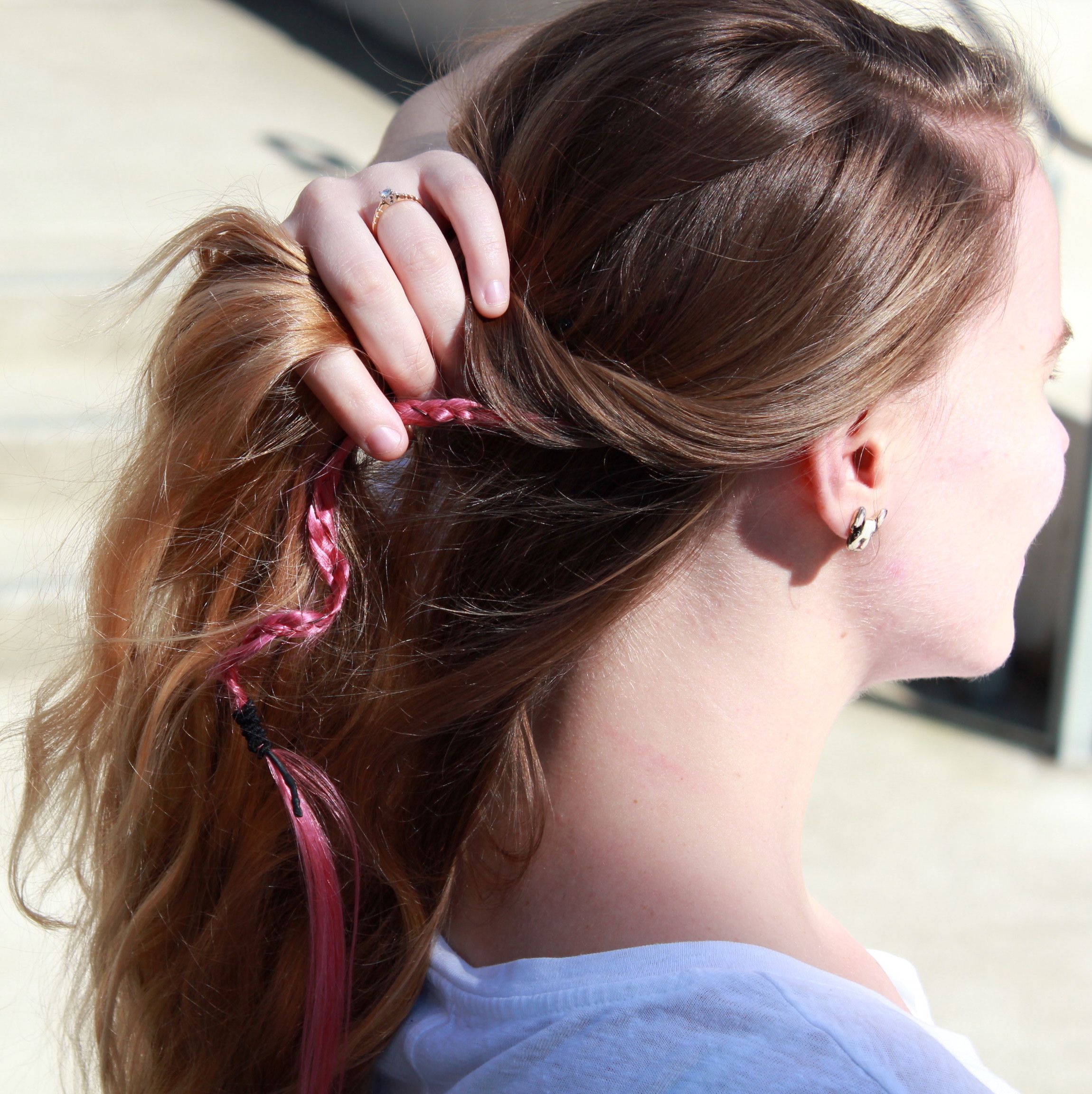
|
HäirIÖ: Human Hair as an Interactive Material.
Christine Dierk, Sarah Sterman, Molly Jane Nicholas, Eric Paulos.
(TEI '18)
Presents an exploration and working prototype of hair as a site for novel interaction, leveraging hair's position as something both public and private, social and personal, malleable and permanent. We develop applications and interactions around this new material in HäirIÖ, a novel hair-based technology that combines capacitive touch input and dynamic output through color and shape change.
Video | PDF | Instructable | Hackster article | Hackaday article | Arduino article
![]()
|
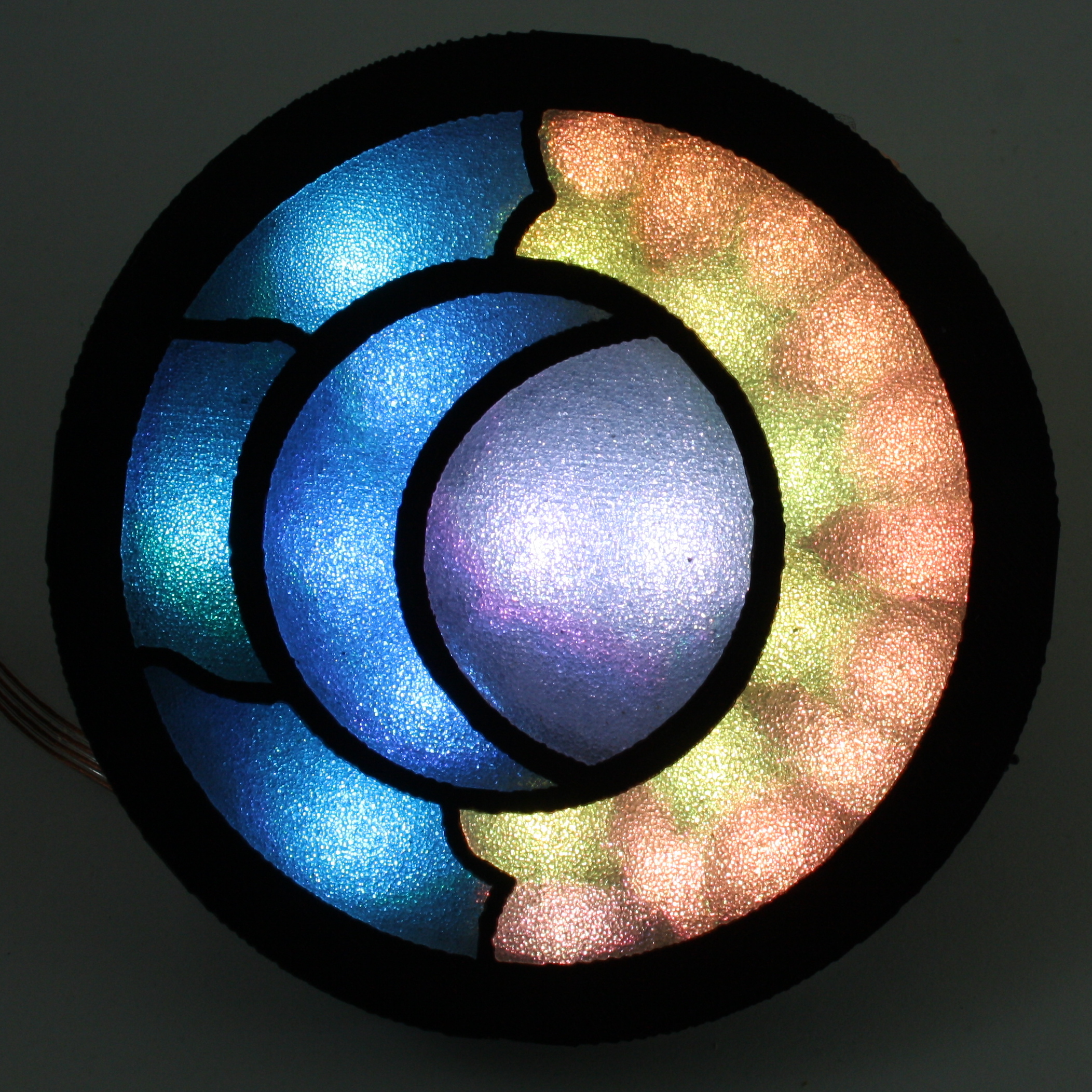
|
Illumination Aesthetics: Light as a Creative Material within Computational Design.
César Torres, Jasper O’Leary, Molly Jane Nicholas, Eric Paulos.
(CHI '17)
Introduces a digital design tool that simulates and visualizes physical light interactions with a variety of materials for creating custom luminaires. Through a workshop study with novice electronic designers, we show how incorporating physical techniques to shape light alters how users view the role and function of LEDs and electronics.
Video | PDF
Best Paper Award
|
![]()
|
![]()
|














